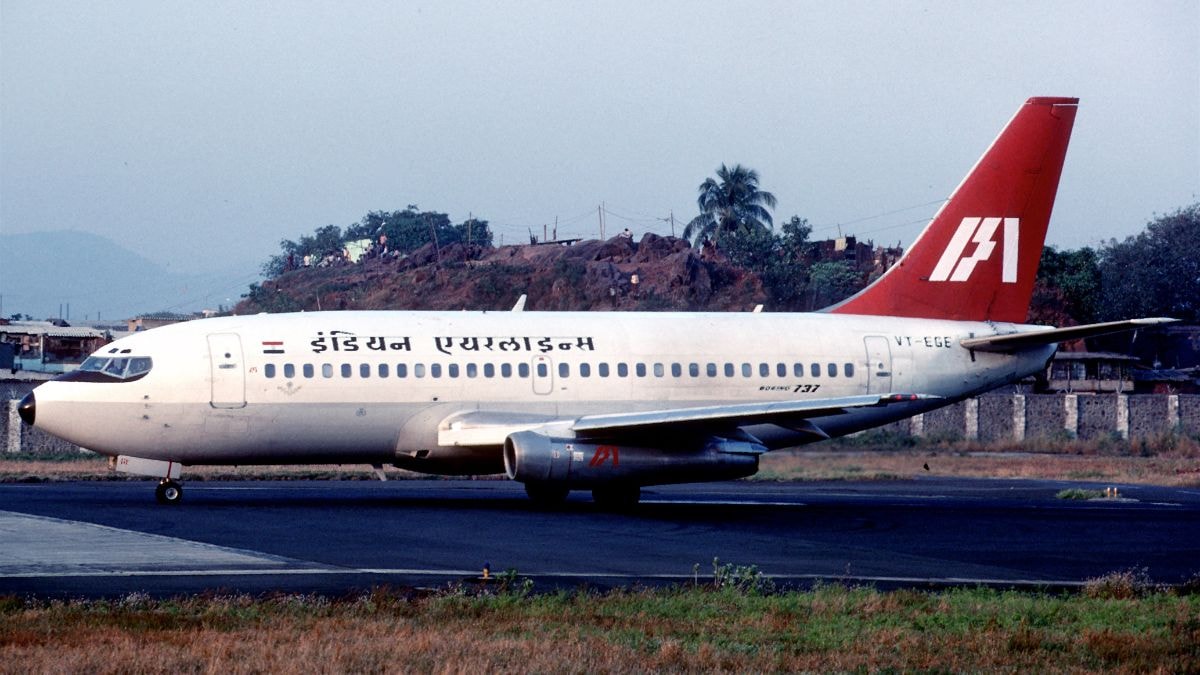External Affairs Minister S Jaishankar recently disclosed that his father was aboard an Indian Airlines flight that was hijacked in 1984.
Speaking at a recent event in Geneva on Friday, Jaishankar recounted his involvement during the crisis, explaining his unique perspective of being part of both the government team handling the hijacking and as a family member with a loved one on the plane.
“In 1984, there was a hijacking…I was a very young officer. I was part of the team dealing with it,” he said. He elaborated that he had called his mother to explain his absence, only to learn later that his father, K Subrahmanyam, was one of the passengers onboard the hijacked plane.
“I discovered my father was on the flight…Fortunately, nobody got killed. It could have ended as a problem,” he added. Jaishankar’s role as part of the government team gave him what he described as a “unique window on both sides of the problem.”
This startling admission has resurfaced memories of the tense and dramatic incident involving the hijacking of Flight IC-421 by pro-Khalistani separatists.
What happened on Indian Airlines Flight IC-421?
On August 24, 1984, Indian Airlines Flight IC-421, a Boeing 737, departed from Delhi-Palam Airport bound for Srinagar via Chandigarh, carrying 74 people, including 68 passengers and six crew members.
Among the passengers was K Subrahmanyam, who was then director of the Delhi-based Institute for Defence Studies and Analysis and is the father of S Jaishankar, who was then a young officer in the Indian Foreign Service (IFS).
At Chandigarh, seven armed Sikh men, aged between 22 and 30, boarded the plane. Shortly after takeoff, the militants, armed with kirpans (ceremonial daggers) and a revolver, seized control of the aircraft and ordered Captain VK Mehta to circle over the Golden Temple in Amritsar.
This was just two months after Operation Blue Star, the Indian military’s controversial raid on the temple to remove militants, which had intensified the secessionist Khalistan movement.
The hijackers’ primary demand was to be flown to the United States to seek asylum, citing their support for the creation of Khalistan, a separate Sikh homeland.
How did negotiations begin?
After circling the Golden Temple, the hijackers directed the flight to Lahore, Pakistan, where it circled for nearly 80 minutes before being allowed to land due to critically low fuel levels. The plane was then refueled but the hijackers’ demands for passage to the United States were not met.
As negotiations continued, they released five passengers, including a three-member family, at Lahore. Pakistani authorities later revealed that the revolver used in the hijacking had been handed to the militants by local officials during their time on the tarmac in Lahore.
After leaving Lahore, the plane was rerouted to Karachi and then Dubai. However, Dubai airport authorities initially refused landing permission, switching off runway lights and radio signals.
It was only after Captain Mehta threatened to make a water landing due to low fuel that permission was granted, and the aircraft touched down at 4:55 am (local time) on August 25, 1984. The plane had just five minutes of fuel left.
What happened in Dubai?
Negotiations at Dubai airport intensified with the arrival of UAE’s Defence Minister Sheikh Mohammed bin Rashid Al Maktoum, who played a key role in resolving the standoff. The hijackers, insisting on safe passage to the United States, refused to release the passengers initially.
Sheikh Mohammed proposed housing the hijackers in Dubai while their request for asylum was processed. However, the United States Consul General in Dubai, David Stockwell, made it clear that “if they go to the US, they will be arrested.”
At 12:35 pm (local time), the situation took a more urgent turn when two ambulances were called to the scene due to a medical emergency involving Subrahmanyam. Subrahmanyam, who had diabetes, informed the hijackers that he was in need of an insulin injection.
In response, both Subrahmanyam and one of the hijackers exited the aircraft and made their way to the ambulances, where the necessary medical treatment was administered. After receiving his insulin dose, Subrahmanyam, along with the hijacker, returned to the plane
How did the situation finally resolve?
As the hours passed, the situation grew increasingly tense. The hijackers threatened to start executing hostages, beginning with K Subrahmanyam, if their demands were not met. This prompted Dubai authorities to accelerate the negotiations. Around 6:50 pm (local time) on August 25, after a 38-hour ordeal, the hijackers agreed to release the hostages on humanitarian grounds.
Following the release of the passengers, who were taken to the airport lounge for rest and refreshments, the hijackers surrendered without further incident. They were taken into custody by UAE authorities, who had promised them a seven-day asylum period.
However, the UAE and India soon reached an agreement, and all seven hijackers were extradited to India to face charges for air piracy.
The crisis was averted without any loss of life, and the hostages, including K Subrahmanyam, were flown back to India the next day. Reflecting on the incident, Jaishankar highlighted how such situations are often portrayed poorly in popular media, stating, “Movie guys don’t make the governments look good…the hero is supposed to look good. Then nobody would watch the movie.”
Why does this incident still matter today?
The hijacking of IC-421 was part of a troubling trend during that period. From 1971 to 1999, Indian Airlines aircraft were hijacked 16 times, many of these incidents linked to the Khalistan movement. The 1984 hijacking, in particular, was tied to the broader political unrest in Punjab, following Operation Blue Star.
The UAE’s role in defusing the situation and ensuring the safe release of the passengers has been remembered as a significant diplomatic success.
The hijacking of Indian Airlines Flight IC-421 remains a pivotal event in India’s aviation and political history. With no casualties and the safe release of all hostages, it stands out as a rare example of a successful resolution to a high-stakes terrorist hijacking.
With inputs from agencies

